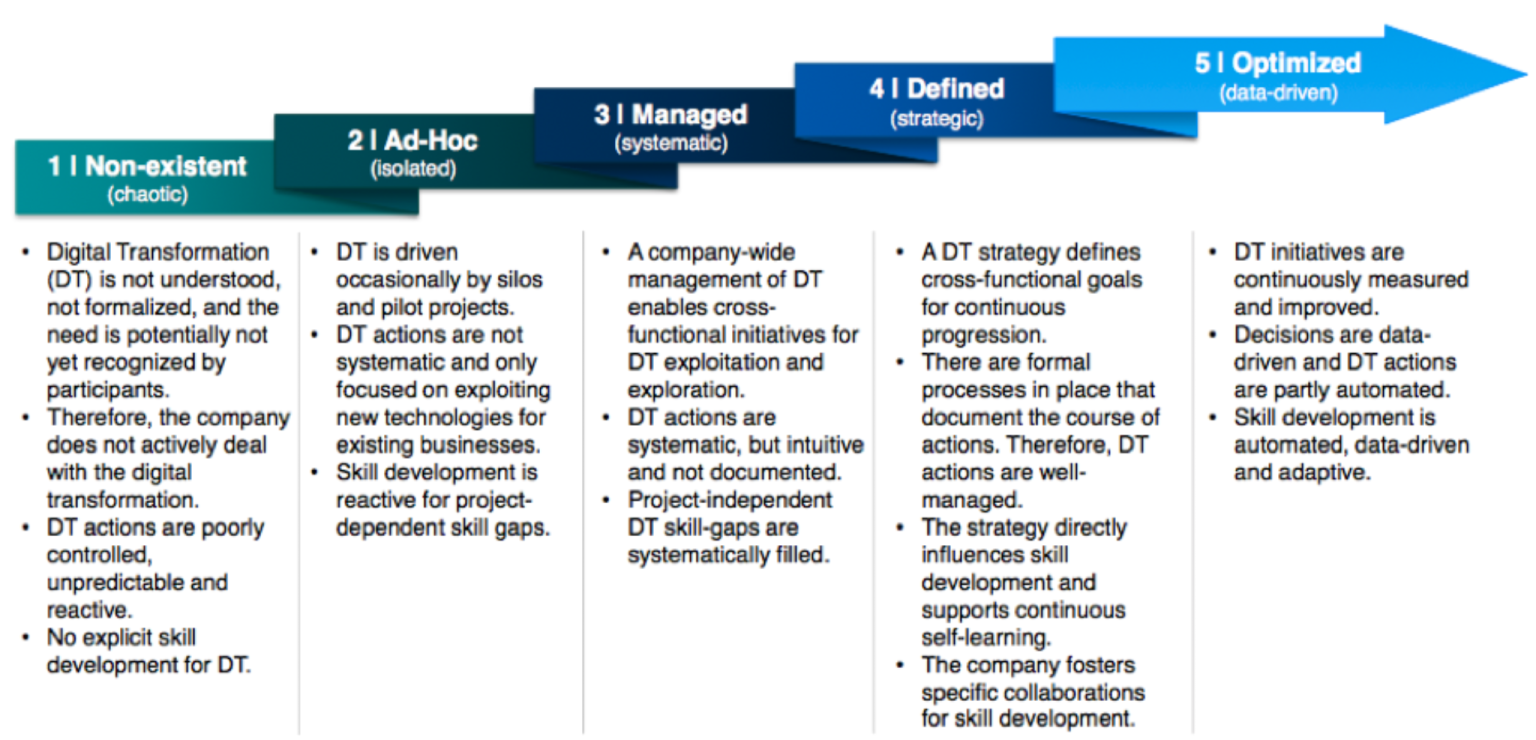In today’s fast-paced digital landscape, automation isn’t just an option—it’s a necessity. Businesses that leverage automation effectively can optimize operations, reduce costs, and drive significant revenue growth. The key is knowing what to automate and how to implement it strategically.
Why Automation is Essential for ROI
Return on Investment (ROI) is the ultimate metric for business success. By automating repetitive and time-consuming tasks, companies can:
- Cut operational costs by reducing manual labor.
- Increase efficiency by streamlining workflows.
- Enhance customer experience with faster response times.
- Improve decision-making with real-time data insights.
Areas of Business That Benefit Most from Automation
1. Marketing & Sales Automation
- Email Marketing: Tools like HubSpot and Mailchimp automate email sequences, lead nurturing, and follow-ups.
- CRM & Lead Scoring: AI-driven CRMs (e.g., Salesforce, Pipedrive) help prioritize leads and automate sales processes.
- Social Media Scheduling: Platforms like Buffer and Hootsuite ensure consistent content distribution.
2. Financial Automation
- Invoice & Billing Automation: Tools like QuickBooks and Xero handle invoicing and expense tracking.
- Payroll Processing: Automated payroll systems like Gusto save time and reduce errors.
3. Customer Support & Engagement
- AI Chatbots & Virtual Assistants: Tools like Drift and Intercom provide instant responses to customer inquiries.
- Help Desk Automation: Automate ticket routing and responses using Zendesk or Freshdesk.
4. Workflow & Operations Automation
- Project Management: Trello, Asana, and Monday.com automate task assignments and project tracking.
- AI-Powered Document Processing: OCR and AI tools extract, process, and categorize data automatically.
5. AI-Driven Analytics & Decision-Making
- Predictive Analytics: AI models analyze customer behavior, sales trends, and operational inefficiencies.
- Business Intelligence (BI) Tools: Power BI and Tableau automate data visualization and reporting.
How to Implement Automation Without Overcomplicating
- Identify Bottlenecks: Pinpoint areas where manual work slows down productivity.
- Choose the Right Tools: Align automation software with business needs.
- Start Small, Scale Fast: Begin with simple tasks, then expand automation.
- Integrate & Optimize: Ensure seamless integration across platforms.
- Monitor & Improve: Use analytics to refine automated processes.
Final Thoughts
Automation isn’t about replacing humans—it’s about enhancing efficiency, reducing costs, and maximizing revenue. The businesses that embrace automation strategically will gain a significant competitive edge and see a measurable increase in ROI.
Share this:
- Click to share on Facebook (Opens in new window) Facebook
- Click to share on X (Opens in new window) X
- Click to share on LinkedIn (Opens in new window) LinkedIn
- Click to share on Reddit (Opens in new window) Reddit
- Click to share on Pinterest (Opens in new window) Pinterest
- Click to share on Pocket (Opens in new window) Pocket
- Click to share on WhatsApp (Opens in new window) WhatsApp
- Click to email a link to a friend (Opens in new window) Email



